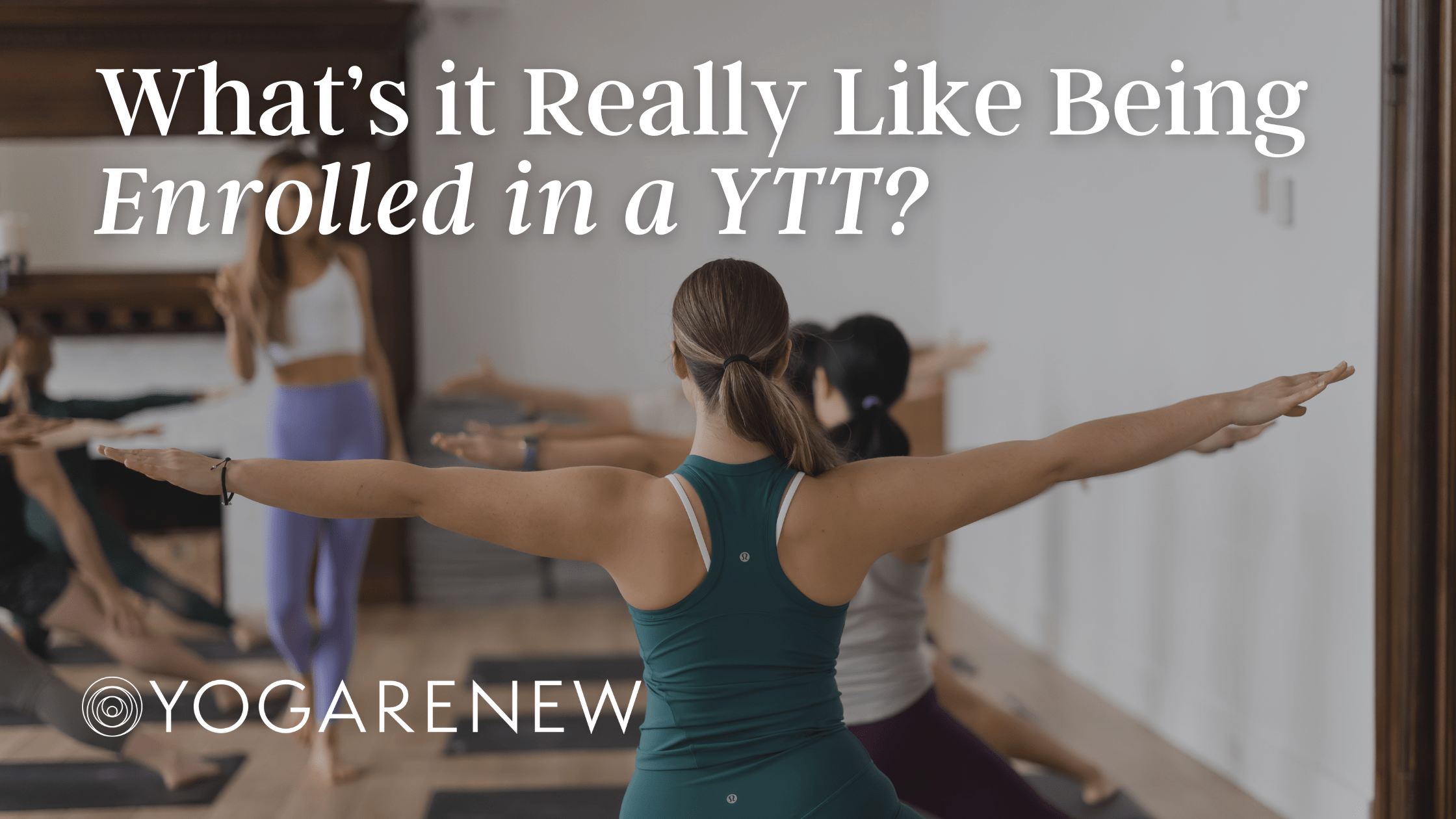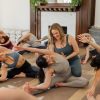
Nowadays it seems like yoga teacher trainings are EVERYWHERE. There are 200 hour teacher trainings, advanced 300 hour teacher trainings, speciality certifications such as prenatal, yin, and restorative just to name a few…
The premise is that upon completion of one of these programs you’ll have learned about the topic at hand and be equipped with the skills to teach said topic(s). I have been both a student and teacher in various teacher training programs. You may be wondering, what’s the deal with these programs? And what is it really like to be enrolled in a yoga teacher training? Well, I’m here to tell you.
Your 200 Hour Yoga Teacher Training is a “Broad Brush Stroke”
Meaning… it’s the first dip of the toe into the pond. If you are reading this blog post, it is likely that you are interested in doing a 200 hour teacher training… or at least curious about what it is. You may be wondering what to expect and what you’ll learn — what the curriculum is like and just how much work goes into the training.
Firstly, every training program is a little bit different but most trainings are required (by Yoga Alliance®) to cover the following topics:
- Asana
- Pranayama & subtle body
- Meditation
- Anatomy & physiology
- Yoga humanities
- Teaching methodology
- Professional development
Some trainings will include other topics such as Ayurveda, yin, and restorative yoga, etc. This is a lot! And while 200 hours may seem like plenty of hours, it is not enough to do a thorough deep dive of all topics within this ancient practice.
Your 200 hour is simply an introduction to these topics and it’s your job to continue the learning once your 200 hours is over.
You’ll Be Asked to Step Outside Your Comfort Zone in a YTT
Yoga teacher training is not just about teaching yoga.
You will have to learn about topics that may not come so easily to you. You will be asked to practice your teaching, which will require public speaking skills. You will be offered many moments of reflection and looking inward all in service of expression through your teachings. More often than not, people say yoga teacher training changed their life and this often comes from the self-growth through the process. Putting together a class and leading it with confidence (or semi-confidence at first) is simply a reflection of all the hard work and efforts done through training.
200 Hour YTT House Rule: You Must Practice and Apply
You attending and being a part of a teacher training program is not enough if you wish to carry out a yoga lifestyle, much less incorporate the deep teachings of yoga into your classes. I cannot stress this enough that it takes effort, time, and consistent practice to connect with the teachings of yoga and then to share that in a clear and authentic way.
Regardless of whatever teacher training you are doing, to embody the teachings of yoga you have to practice the skills outside of training hours. This means practicing in your own body and practicing teaching to others whether that is with your family and friends or in a studio class. If you are not practicing or applying what you have learned, you may forget the skills or you won’t feel confident in delivering them. On the other hand, if you practice and if you work to actively apply what you have learned, you will not only embody the teachings of yoga but you’ll deliver the teachings like the professional you are.
If you have gotten this far, I am going to guess that in some way you are being called towards the idea of doing a yoga teacher training. Maybe you have a specific training in mind. Let this be a sign to take yourself seriously. Teacher training IS a commitment physically, mentally, energetically, and financially. However, in my humble opinion, what you get out of the investment lasts a lifetime!







